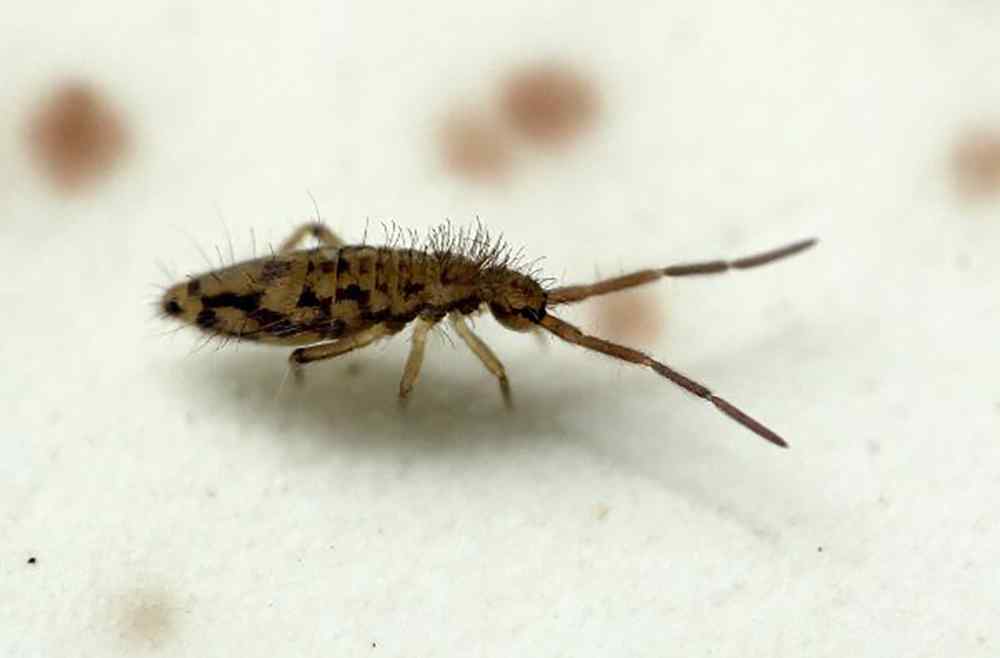Some Ideas on Pest Control Services - San Antonio - Bob Jenkins Pest You Need To Know
10 Easy Facts About Do It Yourself Pest Control Products Online - Fast & Free Described
Control of species that are damaging to health, economy or ecology Insect control is the guideline or management of a species specified as a pest, a member of the animal kingdom that impacts negatively on human activities. A Reliable Source depends upon the value of the damage done and will range from tolerance, through deterrence and management, to efforts to entirely eliminate the insect.
In farming, bugs are kept at bay by cultural, chemical and biological methods. Tilling and growing of the soil before sowing reduce the insect concern and there is a contemporary pattern to restrict making use of pesticides as far as possible. This can be accomplished by keeping track of the crop, just using insecticides when essential, and by growing varieties and crops which are resistant to pests.
In houses and urban environments, the pests are the rodents, birds, pests and other organisms that share the environment with humans, and that eat and spoil belongings. Control of these bugs is tried through exemption, repulsion, physical elimination or chemical ways. Additionally, numerous approaches of biological control can be utilized consisting of sterilisation programs.
Pro Active Pest Control - Eco-Friendly Pest Control Experts Fundamentals Explained

( 664525 BC) Pest control is at least as old as farming, as there has actually always been a requirement to keep crops devoid of pests. As long earlier as 3000 BC in Egypt, felines were utilized to control bugs of grain stores such as rodents. Ferrets were domesticated by 500 ADVERTISEMENT in Europe for usage as mousers.

The standard technique was probably the first to be used, because it is relatively simple to damage weeds by burning them or tilling them under, and to eliminate bigger contending herbivores. Techniques such as crop rotation, buddy planting (likewise known as intercropping or combined cropping), and the selective breeding of pest-resistant cultivars have a long history.


Chemical pesticides were initially used around 2500 BC, when the Sumerians used sulphur compounds as insecticides. Modern insect control was stimulated by the spread across the United States of the Colorado potato beetle. After much discussion, arsenical compounds were utilized to manage the beetle and the predicted poisoning of the human population did not take place.
UNDER MAINTENANCE